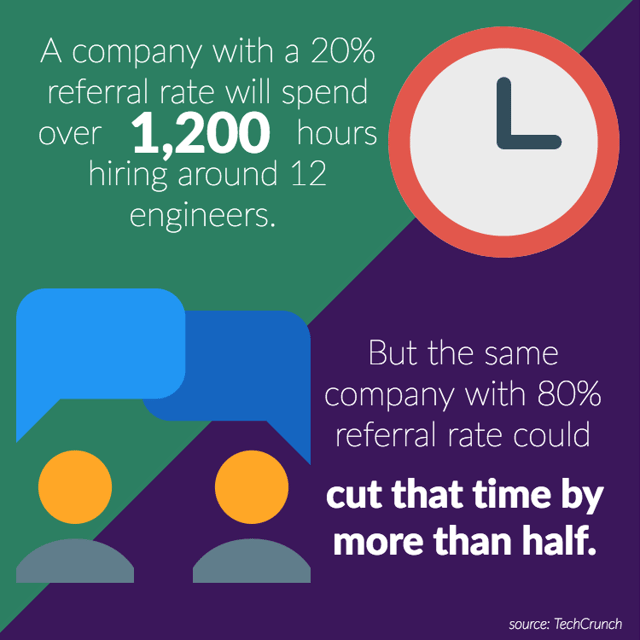
Everyday, it seems we see another report of time-to-fill at an all-time high. How can this be? More technology should help speed up the hiring process, shouldn’t it? But elements in the process like increased screening methods create more hoops for candidates to jump through. This leaves them to take other jobs while your desks remain empty for yet another day.
Lead Time is Increasing
A 2016 study led by DHI Hiring Indicators reveals that the hiring process is taking an increasingly longer amount of time across all industries. The average overall job interview process in the U.S. takes 29 days.
Increased screening methods and more detailed hiring processes play a large role in the hiring delay we see in the workforce today. More background checks, personality tests, aptitude assessments, group interviews, 1-to-1 interviews, and other steps in the process make for an extended hiring process—and time-to-fill higher than ever.
In addition to these increased screening methods and detailed hiring processes comes a delay from fear. Too often, recruiting managers equate length of time to hire with the strength of the hire. But this isn’t always the case. When you let fear keep you from making a hiring decision, the best talent takes other positions and you end up with what’s left after weeks and weeks of an open seat. What if there were a way to optimize your hiring process and confidently choose the best talent?
How Long Does it Take to Hire an Engineer?
First, let’s look at the industry averages. What is the average lead time to hire an engineer?
According to Bryan Schreier of Sequoia, a startup would need more than 19 hours a week for entire year to recruit and hire 12 engineers. That’s almost 1,000 hours!
Benchmark data tells us time to fill for an engineering position takes an average of 58 days in the U.S. Of course, this is an average. Certain types and roles of engineers may have a lead time of 22 days while others may take as many as 100 days to fill. There is no magic number that promises you the best engineering talent out there. But there is a way to optimize the process.
How do you optimize your hiring process?
Hiring experts say the best way to decrease your time-to-fill is to already have a list of candidates waiting before the position ever becomes vacant. But this is easier said than done.
Scott Wintrip of Wintrip Consulting Group believes the basic pillars of turning your time-to-fill to zero-to-fill (optimizing your hiring process) are as follows:
- Enroll as an early adopter
- Build your talent inventory
- Gain candidate gravity
- Maintain talent inventory
By finding the people who are the first to adopt innovations, tend to be fearless, and take on new and different things, you’ve identified forward-thinking people who will help you in your talent hiring process.
Think about your business. What is a core role that has the greatest impact on your business and its operations? Build an inventory of people who could potentially fill that role.
Next, grow that talent inventory. Consider which points of gravity will ensure a continuous flow of potential talent.
"One of the most underused recruiting methods is referrals."
One of the most underused recruiting methods is referrals. A company with a 20% referral rate will spend over 1,200 hours hiring around 12 engineers. But the same company with 80% referral rate could cut that time by more than half. Investing in referrals could save you time and money when it comes to filling a vacancy.

Utilize other resources like job boards. Don’t wait for a position to open up to post on a job board. Use tools like these to create a solid flow of talent for your company.
Focus on developing relationships with future candidates. Write a blog post, give a webinar, or host an AMA (Ask Me Anything) session for candidates to find out more about your company, the work you do, and what it’s like working there. The more insightful and engaging content you provide, the more talent you may attract.
Then, maintain that talent inventory with about four to five ready-to-hire candidates. When the time comes for you to hire an engineer, you’ve already a repository to choose from.
Want more insights into hiring for your engineering team? Get the Guide to Hiring Top Engineering Talent—yours free, today!



